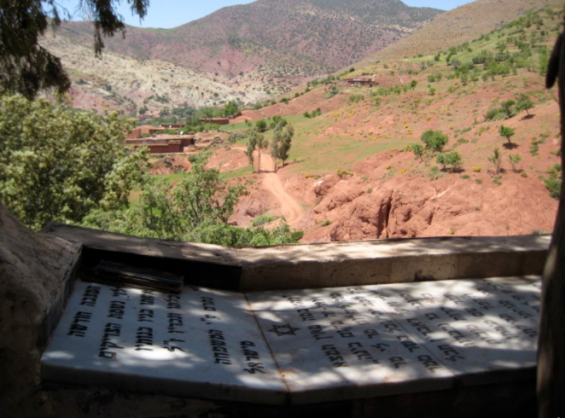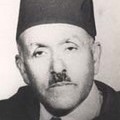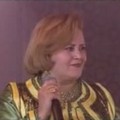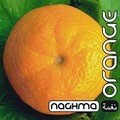His story is similar to the one of Rabbi Braham Moul Nesse, who, according to some accounts, is originally a Muslim saint venerated by the Jews of Morocco. Rabbi David Laskar is certainly one of the ten most known Jewish saints in the Kingdom, but there is little «evidence» proving his existence.
According to Diarna, Rabbi David Laskar would be a legendary emissary who «came from Israel in a mission to Morocco to fund religious academies in the Holy Land». A sign inside the sanctuary that hosts his tomb indicates that he «died on August 22, 1717», wrote the same platform, adding that he «was reportedly visiting the village of Zekarten to collect funds».
The same account was confirmed by Emily Gottreich in her book «The Mellah of Marrakesh : Jewish and Muslim Space in Morocco’s Red City». She recalls that «Jews from the Marrakech Mellah also visited the distant tomb of David Laskar, located in Ighi in the Atlas Mountains, on the Marrakech-Ouarzazate route».
«Laskar (also known as Moulay Ighi for his burial place) was another Palestinian envoy sent to Morocco to collect alms», Gottreich added.
A saint who chose his own tomb
While Rabbi David Laskar is believed to be a Jewish saint, Moulay Ighi is reportedly also a Muslim saint. According to Francoise Légey, «Moulay Ighi, a Muslim saint, is the same as Rabbi David Lachgar. While Jews go on pilgrimage to his tomb in autumn, Muslims visit Moulay Ighi’s shrine».

She also indicates that this legendary saint was able to «transform» the village where he was buried : «The Moulay Ighi mountain, in the High Atlas, was like a desert, but it became green thanks to the blessings of the saint who turned the region into a sanctuary».
The legend goes that Rabbi David Laskar felt that he was going to die soon and asked «members of the local funeral society to climb the mountain» and burry him after his death at the foot of it.
The location that Rabbi David Laskar would have chosen to shelter his tomb is «nestled in the middle of nowhere, located miles away from the main road» connecting Marrakech to Ouarzazate.
«The sanctuary is erected on a hill in the middle of the Atlas Mountains. For centuries, Jews (as well as Muslims) from all over Morocco gathered there to visit the Rabbi's tomb and pray for his intervention», wrote Diarna.
Healer of the sterile and saint at the bedside of the poor
Today, Moulay Ighi is composed of a «complex, painted mainly in terra-cotta tones», which includes «a sanctuary for the rabbi, a small cemetery, a synagogue and guest houses», all thanks to Albert Soussan who built the installations in 1990.

Apart from the legend about his death and his contribution to the flourishing of the village of Ighi, Rabbi David Laskar is also known as Moul Chajra El Khadra, after the pilgrims noticed that a bush near his tomb has never caught fire, despite the hundreds of burning candles, nor lost its green color.
The mausoleum is also visited by «many Jewish women who pass by a nearby waterfall to enlist the saint in becoming pregnant», Emily Gottreich said.
Diarna reports that Rabbi David Laskar «helped a former Muslim guardian of the shrine» who «did not have sheep for the Muslim festival of Eid al-Adha». «After asking the rabbi for help, he quickly met a mysterious man on the road who gave him an animal as a gift», the same source said.
And although it is customary to go to the tombs to make a pilgrimage, there is a tombstone of Rabbi David Laskar at the Jewish Cemetery of Casablanca for those who cannnot go to the village of Zekarten.
It is worth mentioning that Rabbi David Laskar's Hiloula is celebrated annually during Lag Ba'omer, a Jewish holiday.





 chargement...
chargement...












